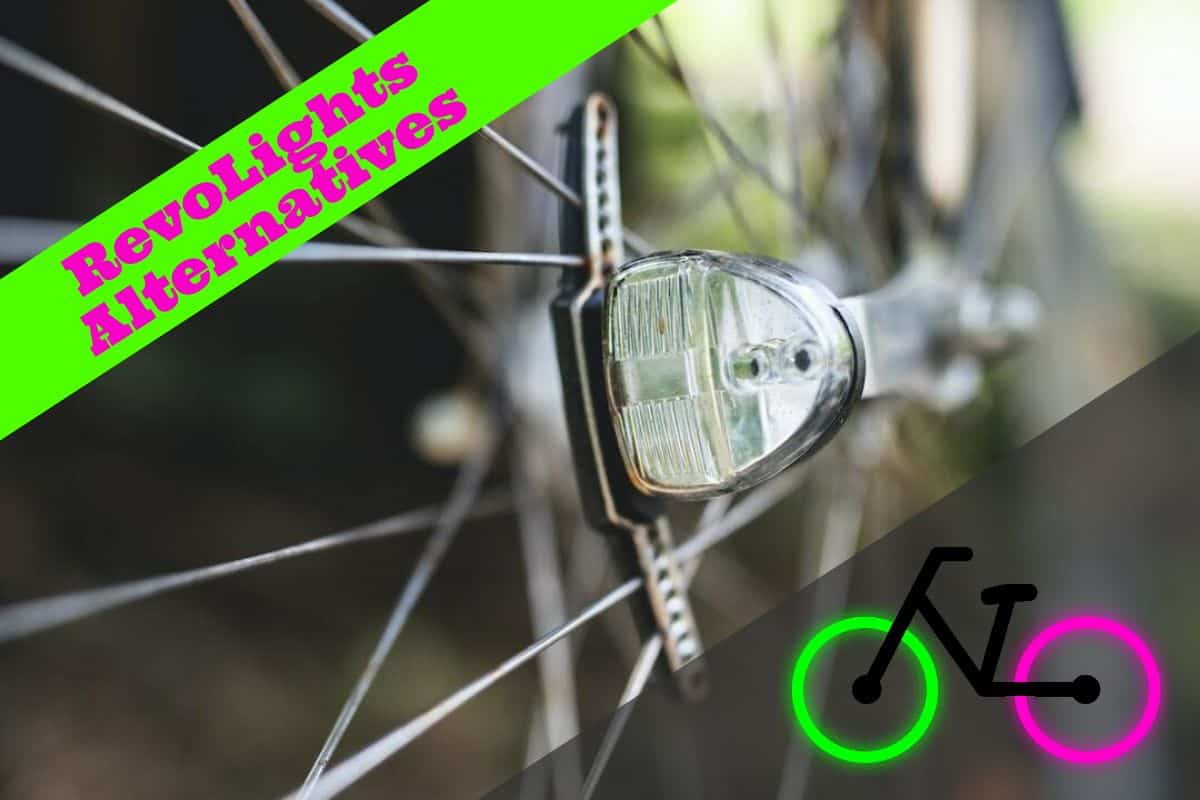Ever wondered about the security of those nifty light bulb cameras you’ve seen around? They’re cleverly disguised as ordinary bulbs but pack a punch with their stealthy surveillance capabilities. But just how secure are they from the prying hands of thieves?
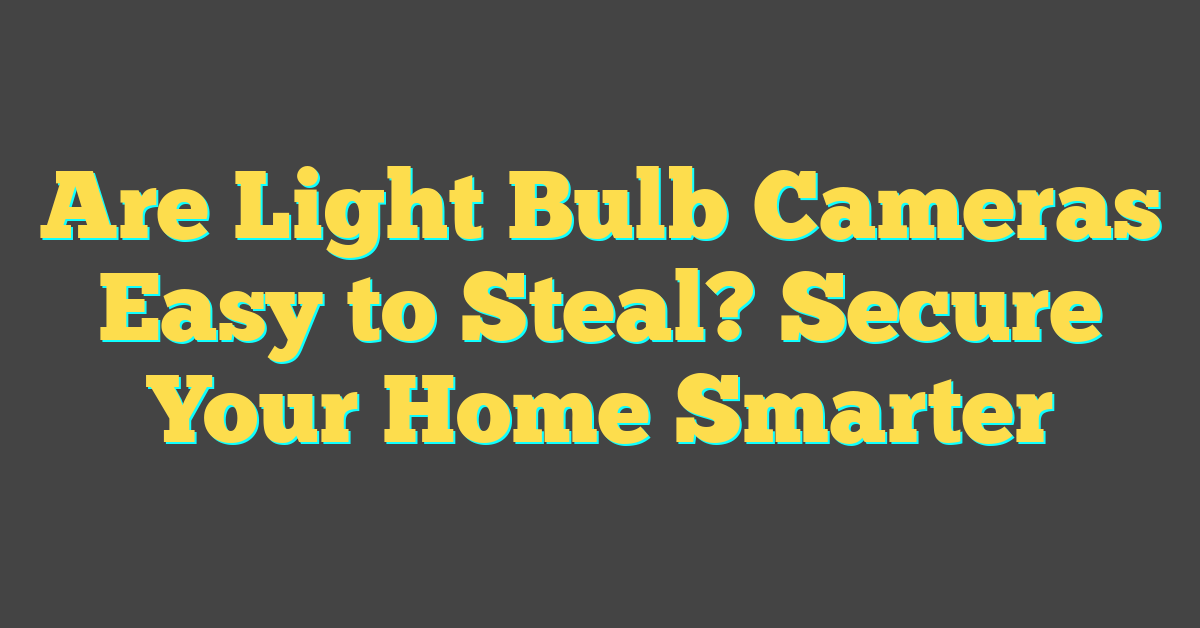
You might think their inconspicuous look keeps them safe, but let’s face it—anything within reach could be at risk. We’re diving into the world of light bulb cameras to uncover if they’re really as theft-proof as you’d hope.
How do light bulb cameras work?
Ever caught yourself staring at a light bulb and wondering if it’s just providing illumination or keeping an eye on the room? Light bulb cameras are a fusion of lighting and surveillance technology. They are designed to be inconspicuous, seamlessly blending with standard light fixtures, which makes them intriguing devices—especially for a home DIY enthusiast like yourself.
At the heart of these devices is a camera lens typically hidden within the form of a regular light bulb. These innovative gadgets screw into a light socket and use the power source meant for lighting to operate the camera. Let’s break it down:
- Power and Connection: As you install them like any other bulb, they draw power directly from the socket. This clever feature removes the need for separate wiring that could give away the camera’s presence. Furthermore, they’re equipped with wireless connectivity, often Wi-Fi or Bluetooth, allowing live streaming and remote monitoring through a smartphone app.
- Video Recording: These cameras come with various recording resolutions with many models supporting HD or even 4K. They have onboard storage, typically via a microSD card, and some offer cloud storage services for a fee to secure your recorded footage off-site.
- Additional Features: Beyond video capture, many light bulb cameras boast features like two-way audio, which lets you hear and communicate with anyone in the room. Motion detection sensors trigger alerts and recording, providing real-time updates of any activity.
For your DIY projects, the installation of these cameras is a breeze. All you need is a compatible light socket and a connection to your home network. Once set up, controlling the camera is usually intuitive, with most models offering simple, user-friendly interface applications. This ease of use coupled with the covert aspect of light bulb cameras not only appeals to the everyday consumer but also has a practical edge for smart home security systems.
It’s essential, however, not to overlook the limitations and security concerns associated with these devices. As with any piece of technology, especially one that’s related to security, assessing their vulnerabilities is key in understanding how they fit into an overall home security strategy.
The appeal of light bulb cameras
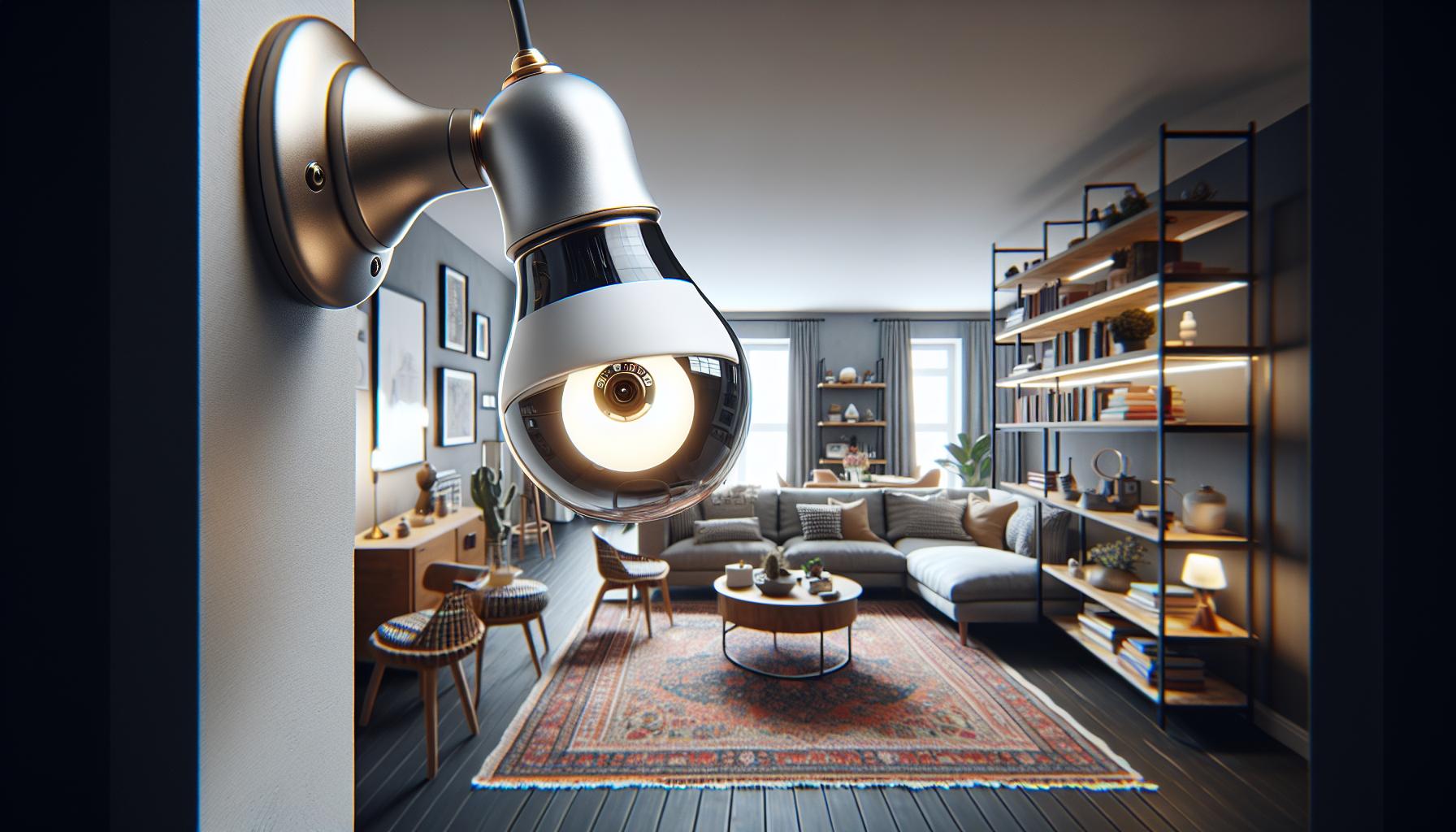
When you’re delving into DIY home security, light bulb cameras could be the perfect project to light up your space while keeping an eye on it. Their ease of installation and inconspicuous design are the prime drivers of their popularity. They tie into the existing light socket, eliminating the need for complicated wiring or professional installation. Imagine being able to simply screw in a light bulb and have a full-blown surveillance system at your fingertips!
Plus, for those of you who love integrating tech into your home, these cameras sync seamlessly with smart home systems. You’ll be able to stream live footage, receive alerts, and even chat through your camera’s two-way audio—all through your smartphone or tablet. They offer a sophisticated blend of functionality and stealth.
- Ease of installation: No wiring necessary, just screw it in
- Remote monitoring: Live streaming capabilities from anywhere
- Smart home compatible: Works with most smart home ecosystems
- Advanced features: Motion detection, two-way audio, and video recording
Think about the aesthetic appeal too. Light bulb cameras maintain the decorum of your home without the eyesore of traditional security cameras. They’re perfect for those who appreciate a well-designed living space but also want to keep a subtle watch over their domain.
As these devices become more advanced, you can expect even crisper video quality and additional smart features. They’re more than just a fancy light bulb; they’re peace of mind in a glass dome. With every twist of the bulb, you’re not just bringing light into your rooms—you’re bringing in layers of security, disguised in the brilliance of your home lighting. Isn’t that something you’d want to be a part of?
Potential vulnerabilities
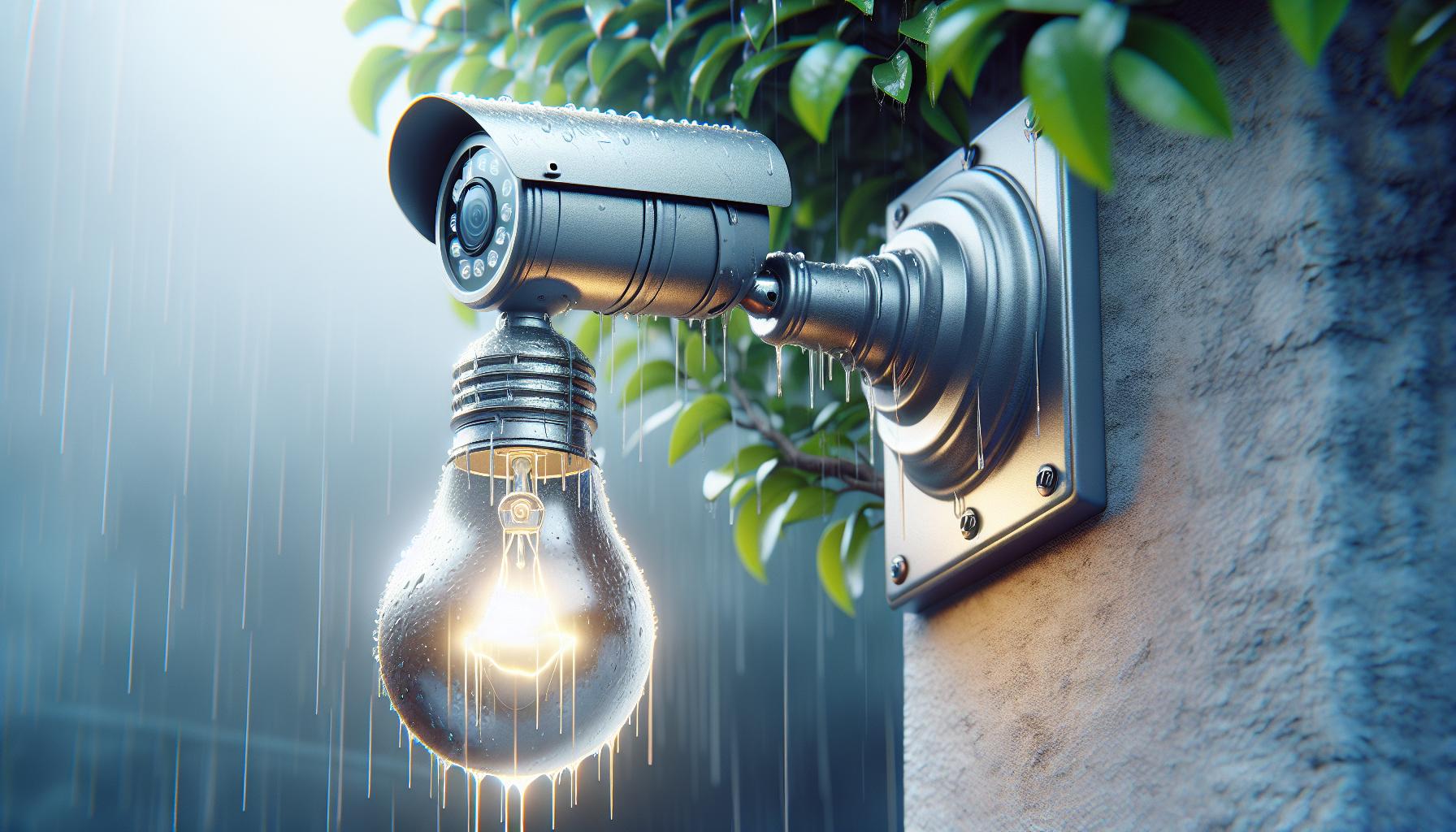
When it comes to light bulb cameras, as with any piece of technology designed for security, they’re not without their share of weaknesses. Knowing about possible chinks in the armor can help you fortify your security setup effectively.
Accessibility is a double-edged sword for light bulb cameras. They’re simple to screw in, making them a breeze to install, but this also means they can be just as easily unscrewed by anyone with access to the fixture. Picture this: a standard outdoor light fixture that’s within reach—if you can change the bulb, so can a crafty intruder.
Then there’s the issue of power dependency. Light bulb cameras require constant electricity; without it, they’re as good as ornamental. In the event of a power outage or if a savvy thief flips your circuit breaker, your watchful eye goes dark.
« Can You Change a Light Bulb With the Power On? Shocking Truth Revealed
Can Light Bulbs Cause Seizures? Safeguard Your Home with These Tips »
Consider the Wi-Fi connection that these cameras rely on to send you live feeds and notifications. It must be robust and reliable. If your network’s susceptible to disruption or if your signal can’t quite reach the camera’s location, you’re looking at potential blind spots in your surveillance.
Let’s not forget that, when placed outside, your camera is exposed to the elements. Extreme weather conditions like heavy rain, snow, or even a blast of direct sunlight could impair the camera’s functioning or obscure the lens. You’ll want to ensure that your camera is at least weather-resistant if not fully weatherproof.
Moreover, tech-savvy burglars could potentially hack into your camera’s feed, compromising not just your security, but your privacy, too. Equipping your home network with strong passwords and considering additional encryption measures can mitigate this risk.
Remember, your lighting and security setup is only as strong as its weakest link. It’s worth investing the time to assess these vulnerabilities to guarantee that your light bulb cameras serve as a reliable deterrent, rather than a facade of security. Keep your firmware updated and always stay on top of the latest advancements in home security technology to ensure you’re not left in the dark.
Physical security measures

When you’re investing in light bulb cameras for your home security, you can’t overlook the importance of physical security measures. These cameras, as innovative as they are, do present a unique challenge; they can be as easy to unscrew and steal as a regular light bulb. So, what can you do to secure these devices?
Firstly, consider the location of your light bulb camera. Placing them out of easy reach reduces the risk substantially. You might need a ladder or a chair to install them, which is a bit of a hassle, but it’s worth the effort knowing that it’s not within arm’s reach of potential intruders.
Secondly, look for light bulb camera models that come with locking mechanisms. Some designs require a special tool to remove the bulb from its socket, which adds an extra layer of security. These aren’t foolproof, but they do make it more difficult for someone to casually unscrew your camera.
Thirdly, use cages or protective enclosures. Just like sports arenas use cages to protect lights from flying balls, you can apply the same concept to secure your light bulb cameras. These enclosures can be locked, so even if someone manages to unscrew the bulb, they won’t be able to remove it without a key.
Lastly, integrating your light bulb cameras with a comprehensive security system can help deter theft. When your cameras are part of a larger system, they’re monitored, and any tampering can trigger an alarm or notification to your phone. The presence of multiple security devices can act as a deterrent by itself.
Remember, your creativity in DIY projects can be your greatest asset. Think outside the box and adapt security strategies to suit your specific needs. Meshing functionality with security means you can maintain the aesthetics of your home without compromising on safety. Keep researching and stay updated on the latest security tips and tricks to keep your light bulb cameras firmly in place.
Digital security measures
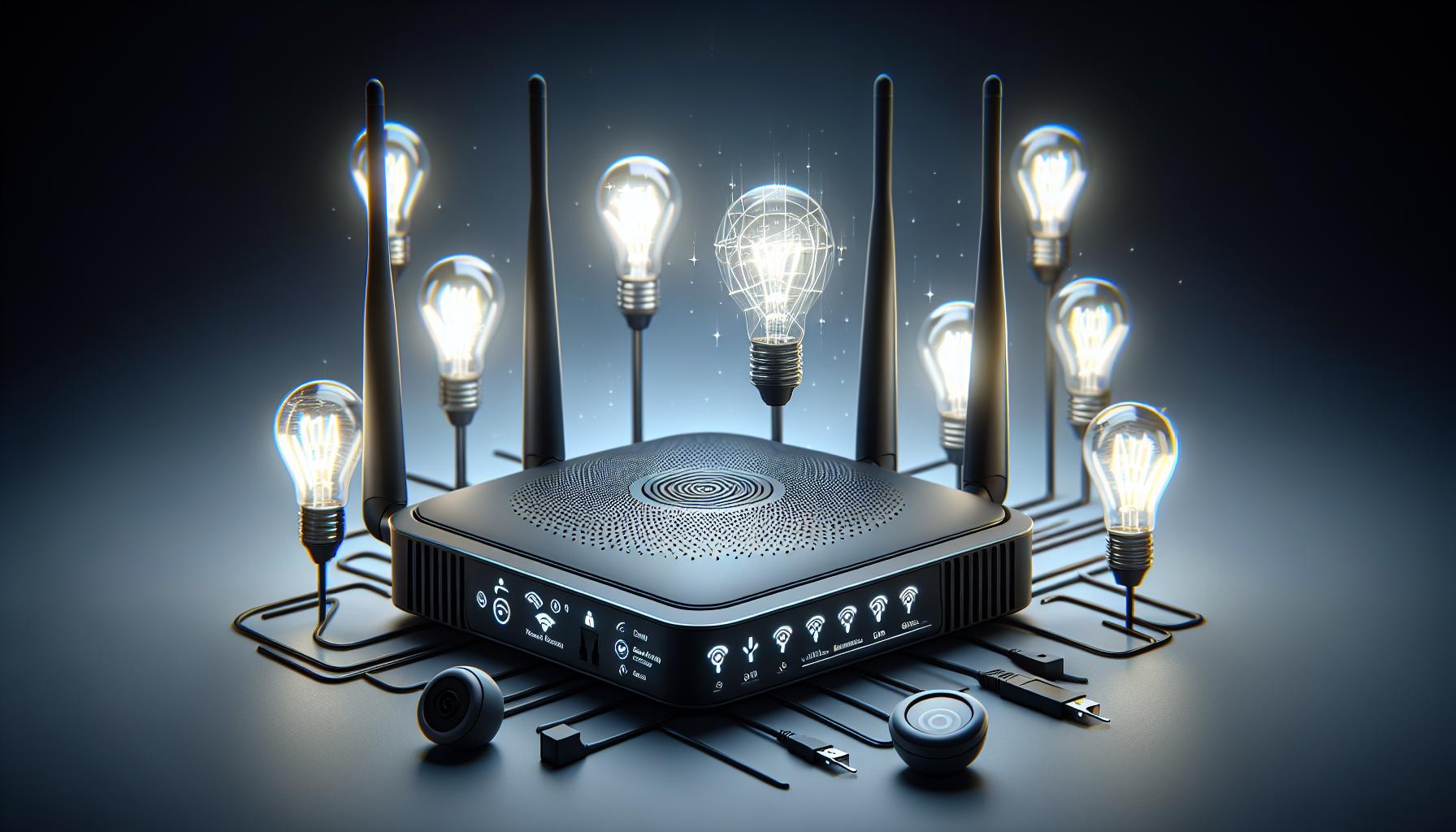
In the realm of DIY home security, digital safeguarding of your light bulb cameras is as crucial as their physical security. Encryption is one of the key elements you want to ensure your camera supports. This tech talk translates to scrambling data so only authorized parties can make sense of it. Look for cameras that offer end-to-end encryption to keep your live feeds and recorded videos away from prying eyes.
Operating system and firmware updates might seem like a mundane task, but they’re your silent warriors against vulnerabilities. Regularly updating your camera’s software patches security holes that could be exploited by hackers. Sometimes, these updates also enhance your camera’s functionality, so you’re hitting two birds with one stone.
Remember, your camera is only as secure as your Wi-Fi network. Strong Wi-Fi passwords and using networks with WPA3 security are non-negotiables. If your router looks like it belongs in a museum, it might be time for an upgrade to ensure it supports the latest security protocols. Get familiar with your router’s settings too; disabling WPS and enabling firewalls can provide an extra layer of defense.
Two-factor authentication (2FA) is not just for your email or social media account. Enabling 2FA for your security camera access means even if someone gets ahold of your password, there’s an additional checkpoint they can’t easily pass. It’s like having a bouncer for your digital doorway.
Keep a keen eye on who has access to your camera feeds. Manage user permissions diligently; restrict access to people you absolutely trust. If you’re sharing access with family members or friends, ensure they also follow good security practices.
To round it off, maintaining good digital hygiene is paramount. Regularly change passwords, avoid using the same password for multiple devices, and stay informed about the latest security threats. Just like you’d keep your doorway clear to prevent tripping, keep your digital pathways clear of potential intrusions.
In your journey to fortify your home’s security, blending the nuances of digital precautions with physical security measures enhances the resilience of your light bulb cameras. Experiment with these strategies to discover what combination works best to protect your peace of mind and home.
Conclusion
You’ve seen how vital it is to fortify your light bulb cameras against digital threats. But don’t forget, pairing these steps with physical security strategies is just as crucial. By taking a holistic approach to safeguarding your cameras, you’ll ensure they serve their purpose without falling prey to theft or cyber-attacks. Stay vigilant, keep your software updated, and your passwords robust. Remember, your peace of mind is worth that extra layer of protection.
Frequently Asked Questions
What makes light bulb cameras vulnerable to hackers?
Light bulb cameras can be vulnerable due to weak digital security measures like poor encryption, outdated software, weak Wi-Fi passwords, and single-factor authentication which can be exploited by hackers.
How does encryption protect light bulb cameras?
Encryption encodes the data transmitted from light bulb cameras, making it much harder for unauthorized individuals to intercept and decipher the video feed or personal information.
Why are regular software updates important for light bulb cameras?
Regular software updates often include critical security patches that address known vulnerabilities, helping to protect the cameras from new hacking techniques and malware.
What is the importance of strong Wi-Fi passwords for these cameras?
Strong Wi-Fi passwords are crucial in preventing unauthorized access to your network, which plays a significant role in securing your light bulb cameras from remote attacks.
How does two-factor authentication enhance security?
Two-factor authentication requires a second form of verification beyond just a password, significantly reducing the chance of unauthorized access to the camera’s control interface.
What are user permissions and why do they matter?
User permissions determine who can access and control the light bulb cameras. Managing these permissions prevents unauthorized users from gaining access to sensitive functions or data.
How can digital precautions be enhanced with physical security measures?
Digital precautions, while crucial, can be paired with physical security measures such as strategic camera placement and using tamper-proof mounts to create a more comprehensive security system.



